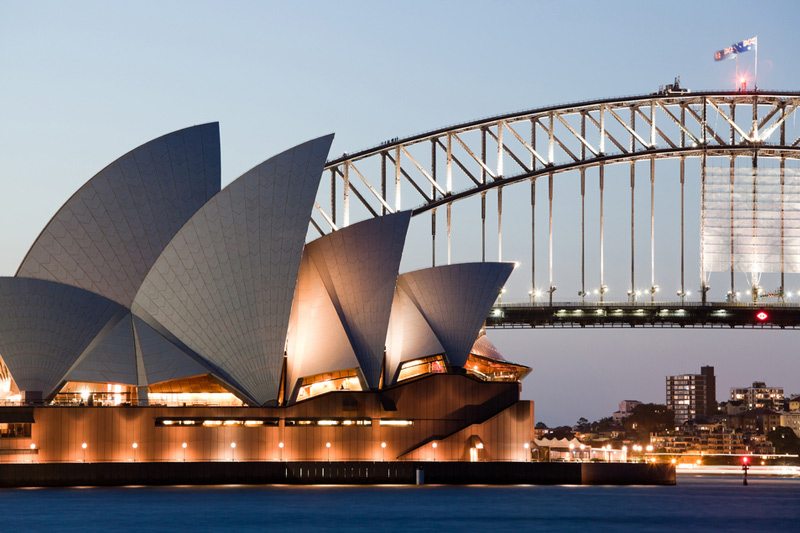(Bloomberg) -- Australia’s economy grew slower than forecast in the final three months of last year, underscoring the likelihood of the central bank keeping interest rates on hold.
- GDP rose 0.4% from prior quarter vs estimated 0.5% gain
- GDP climbed 2.4% from year earlier vs forecast 2.5% rise
- Non-dwelling construction slumped 8%, subtracting 0.5 percentage point from GDP; exports fell 1.8%, subtracting 0.4 percentage point; household spending rose 1%, adding 0.6 percentage point
- Household savings ratio was 2.7% in fourth quarter vs revised 2.5% in prior three months
- Aussie dollar little changed, buying 77.77 U.S. cents at 11:35 a.m. in Sydney vs 77.82 pre-data
Australia is transitioning toward services driven economic growth and away from mining, with the central bank keeping interest rates at a record low for more than 18 months to support the transition. While businesses have boosted investment and hiring, including a record 300,000 full-time jobs last year, unemployment is falling only slowly and inflation just creeping higher as spare capacity remains in the economy.
Households remain mired in record-high debt and weak wage growth that’s constrained spending. The government has stepped in to provide some support to demand with large infrastructure projects to help eastern states cope with a surge in population growth.
Meanwhile, China’s demand for Australian iron ore to produce steel for skyscrapers and apartment blocks is entering a more mature phase; at the same time, its burgeoning middle class is boosting demand for Australian education for their children and tourism as their economy also transitions toward services, proving a bonanza Down Under.
Education exports to China were worth A$9 billion ($7 billion) in fiscal 2017, up 260 percent in a decade; and more than a million Chinese tourists visited Australia last year.
Australia’s central bank says it expects growth to accelerate this year from last, which should help soak up spare capacity. Still, Reserve Bank of Australia Governor Philip Lowe said earlier on Wednesday he sees no strong case for a rate move in the near term, adding that progress in the jobless rate and inflation will occur “only gradually.”
